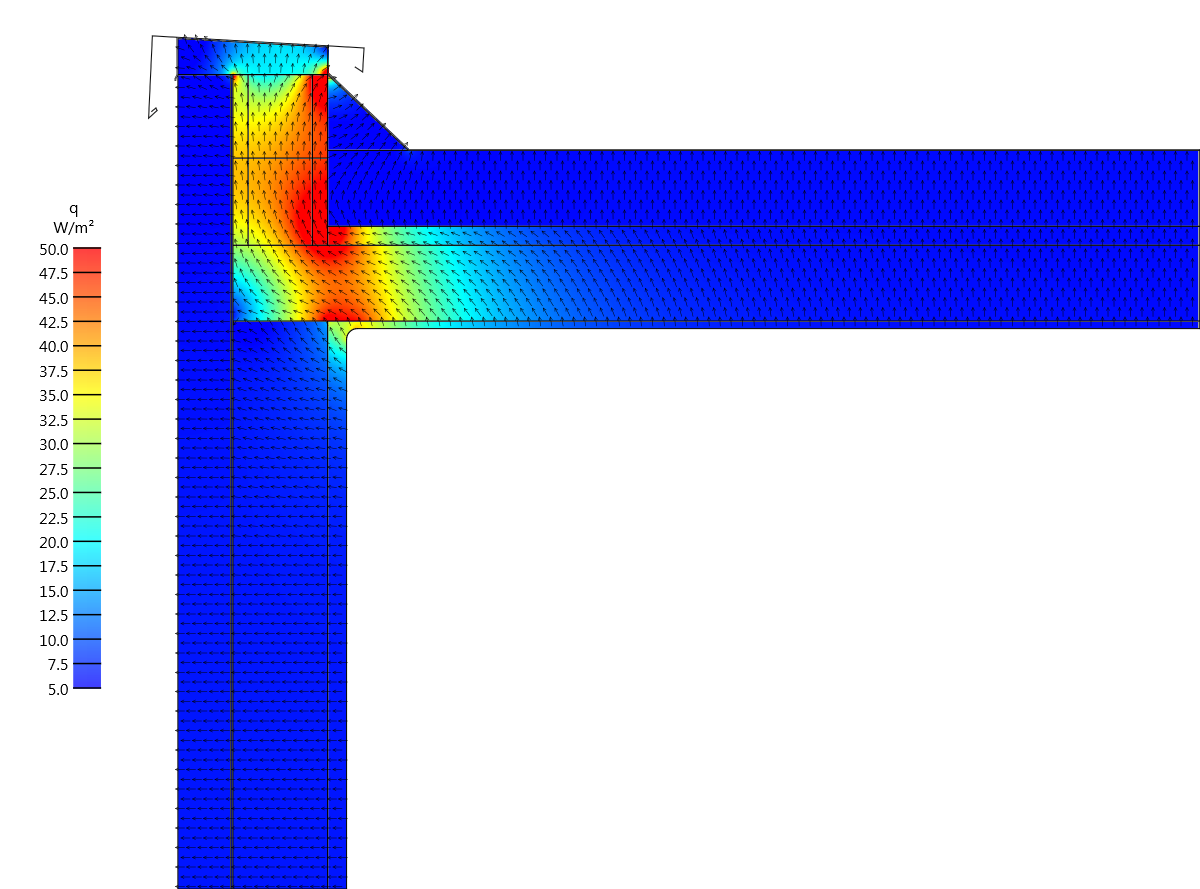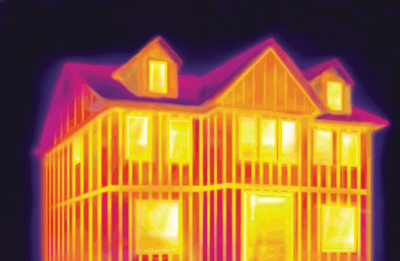While thermal bridges deliver a severe hit to the overall performance of an assembly, thermal breaks using foam plastic insulation sheathing continuous insulation can help mitigate the damage.
Top Resource:
- FACTS: Building Thermal Envelope 101
- Presentations:
- Thermal Bridging - Small Details with a Large Impact
- 2024 IECC Commercial Envelope (thermal bridging information starts on page 40)
This guide explores how the building industry in B.C. can meet the challenges of reducing energy use in buildings, in part by effectively accounting for the impact of thermal bridging.
This site helps practitioners access data and thermal bridging details for the many building assembly conditions addressed in the BC Hydro Thermal Bridging Guide. It also provides support for thermal bridging calculations for building envelope thermal performance in new and existing construction.
Mitigating thermal bridges in building envelopes is a major new thrust for improving the thermal performance of buildings. This presentation explains the types of thermal bridges, their impacts, how to account for them, and practical ways to address them with efficient detailing and insulation strategies, including continuous insulation.
Discusses types of thermal bridges and their impacts as well as repetitive metal penetrations for cladding and component attachments.
Details and information on the use of CI to avoid thermal bridges
This investigation seeks to quantify the effects of thermal bridging in commercial facades and then propose alternative solutions to improve performance by comparing infrared images of recently completed buildings to theoretical models.
Watch Joe Lstiburek, Ph.D., P.Eng, talk about insulation and steel framing.
Originally presented by Jay Crandell, P.E. at the 2022 IIBEC International Convention & Tradeshow, this presentation reviews structural wind resistance and water-resistance research supporting various detailing options in the context of new provisions in the latest editions of the IBC and IRC.
One of the arguments for the use of continuous exterior insulation is to address the thermal bridging at the structural components of building assemblies…especially steel stud/frame assemblies. Done correctly it is a big deal energy wise. It is pretty dumb to add continuous exterior insulation with the same type of thermal bridging that the continuous exterior insulation is intended to address.
Continuous insulation (ci) and cavity insulation products are both sold with R-value ratings, but the way these two products are used in wall construction means they do not have the same effectiveness.
This supplement to Modern Steel Construction is the product of the joint Structural Engineering Institute (SEI) /American Institute of Steel Construction (AISC) Thermal Steel Bridging Task Committee, in conjunction with the SEI’s Sustainability Committee’s Thermal Bridging Working Group.
When a builder comes across an R20 + 5ci insulation requirement, it can be easy to think: R20 + 5ci? Why not just use R-25 in the cavity? This guide goes through the math comparing R20 + 5ci and R25 walls.
This document provides technical guidance and example calculations for how to comply with the thermal bridging provisions of the Massachusetts Stretch Energy Code. While not the same as ASHRAE 90.1 or IECC thermal envelope and thermal bridging provisions in recent editions of those codes, it does provide helpful information for implementation of those provisions.

